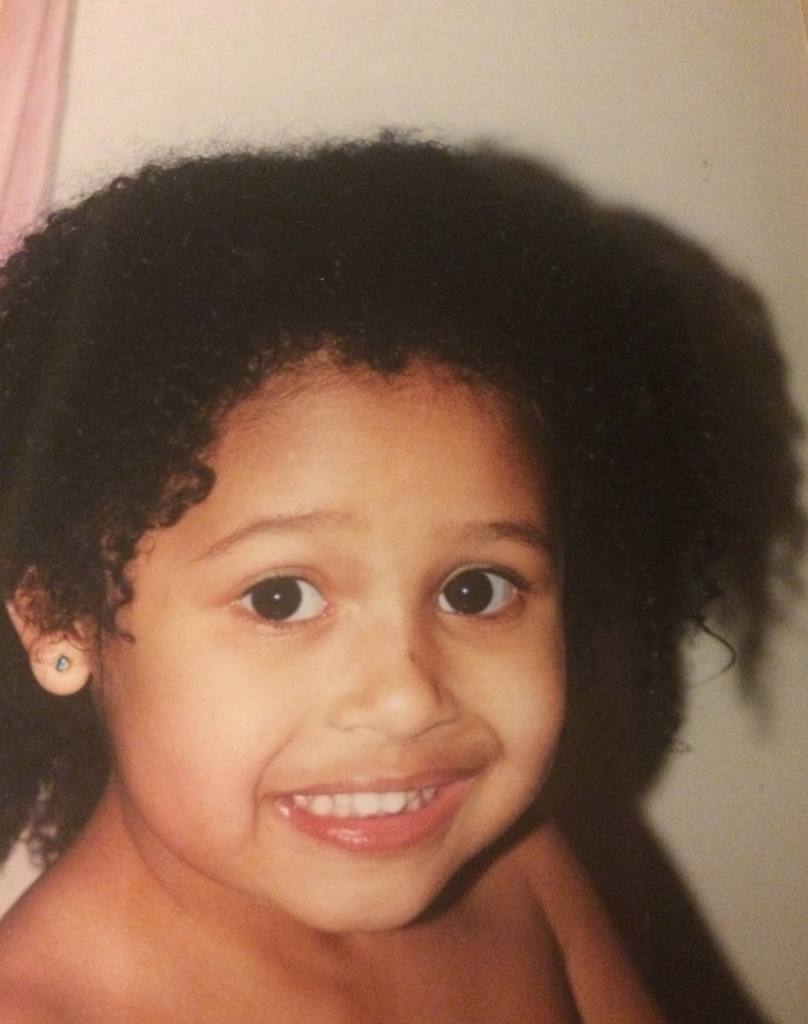By Priya Canzius ’20
After sitting on my bed trying to focus on my French reading, I found my fingers drift towards the ‘Netflix’ tab on my computer. There, I saw an ad for “Nappily Ever After”, a Netflix movie based on the novel of the same name by Trisha R. Thomas. This movie, even its melanin-imbued glory, had some major pitfalls, including the main character’s reliance and dependency on men’s approval.
But this article isn’t about the movie’s main character, Violet. It’s about me.
Story time.
I started to get my hair relaxed when I was six years old; my family had moved from Washington to California, and it seemed like common practice to loosen my naturally kinky curls every six to eight weeks.
Every time I got my hair done, I’d get more compliments from the adults around me: I was going to break hearts once the size of my head matched the mass of hair atop it. I was “lucky” because my hair grew long, especially once straightened. I was told to wear my hair up in public lest another kid cut off a chunk.
I avoided the water like I avoided the sun; even now, I can’t even say that I have ever voluntarily gone in a swimming pool in my life. I hated washing my hair on Saturdays and the hours that it took to dry—and then the hour that it took to blow dry and straighten at the end of that day. I actually went the entirety of middle and high school without wearing my hair “natural”, or as natural as it can be after a relaxer. It wasn’t until college that I walked around with wet hair in public; after all, I couldn’t hide for an entire day of the week when all of college is practically a public space.
When I was younger, I would see other, blonder, girls and envy their freedom when it came to their hair: they could cut it, dye it, and transform their ‘look’, whereas if I so much as cut my hair an inch shorter, it would act in a rebellious way that I wasn’t able to. I wondered what it was like to express yourself through your hair. It’s a stereotype that women change their hair when they are going through something emotional. Despite the changes I’ve been through in my life, I haven’t changed the way I look for fourteen years.
I found what I liked and stuck with it. Permanently.
Flash forward to the present day, and I still get relaxers done. I’m no longer tender-headed, because my hair has been through it all. I’ve noticed a loss in moisture, fall out, and I’ve sustained an impressive array of chemical burns to my scalp. And yet, I keep going back.
I recently thought about going natural, after seeing my curls forming after a particularly long time without having a relaxer. I wondered what it would be like to look less traditionally ‘Indian’, which is what I am often identified as before I explain that I’m mixed. Would going natural cause me to lose a part of myself? What would I even be losing if I would simply be gaining back my god-given natural curls?
My friends with natural hair are gorgeous and always have been. That’s a fact of life. But why, then, was it shocking to actually notice a defined (albeit much less than 1 inch) curl pattern frame my face? And then it hit me: I couldn’t remember what my hair looked like when I wore it natural. Because I’ve looked like this for so long, this is my normal, my natural. How unnatural is that?
Now, I’m not saying that I’m going to confront the overwhelming pressures of my life by shaving my head like Viola did in the movie. That’s just not who I am.
But, I can try to remember what life was like with curly hair. I can picture what I’d look like now, now that my head has grown into my mass of hair. And I can imagine a future with curly hair, too.
For now, I’ll just have to work out the kinks.



